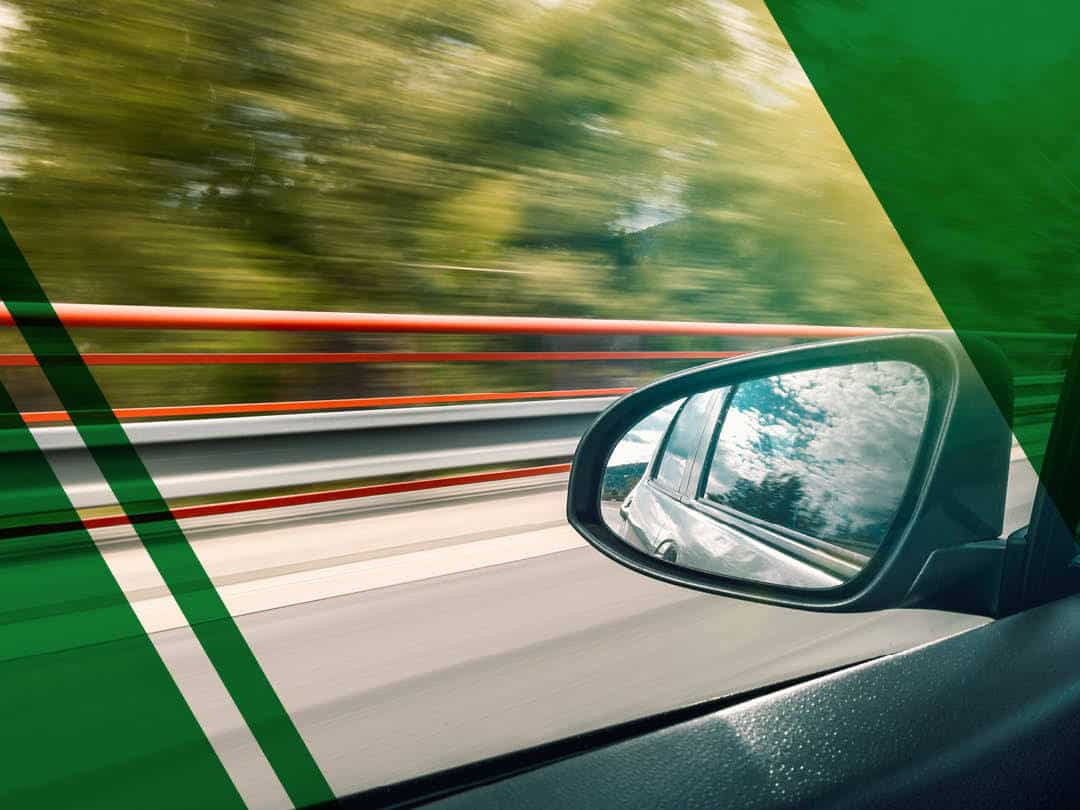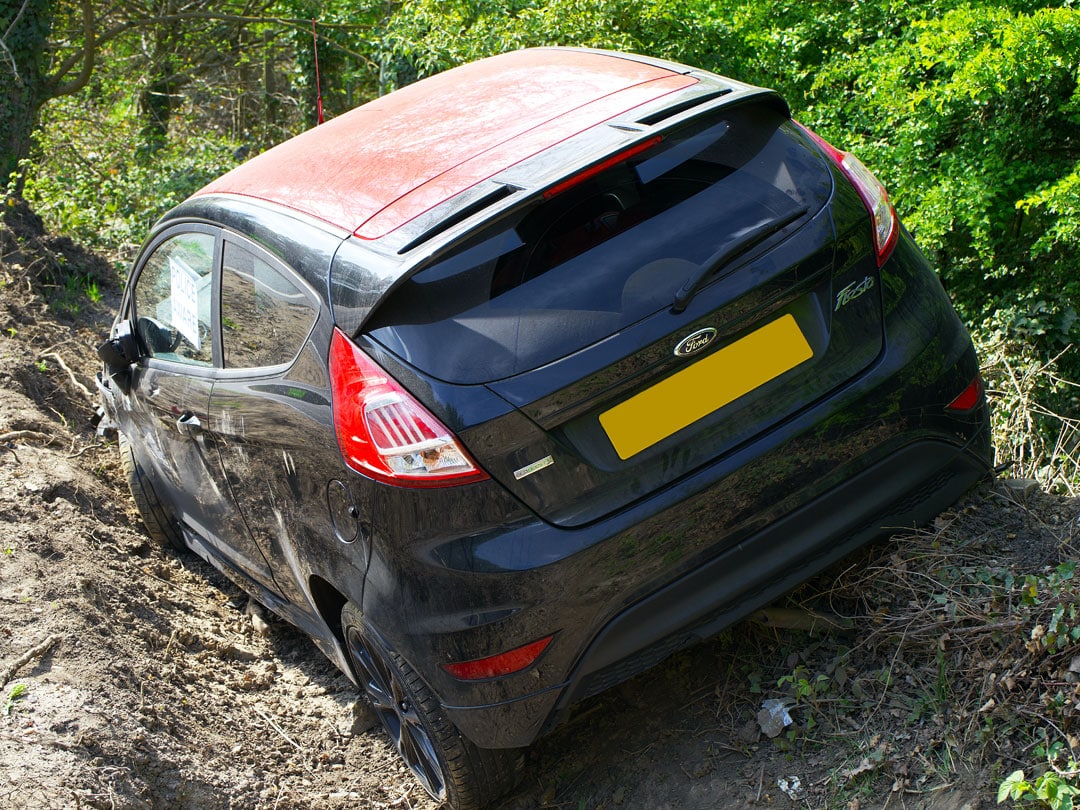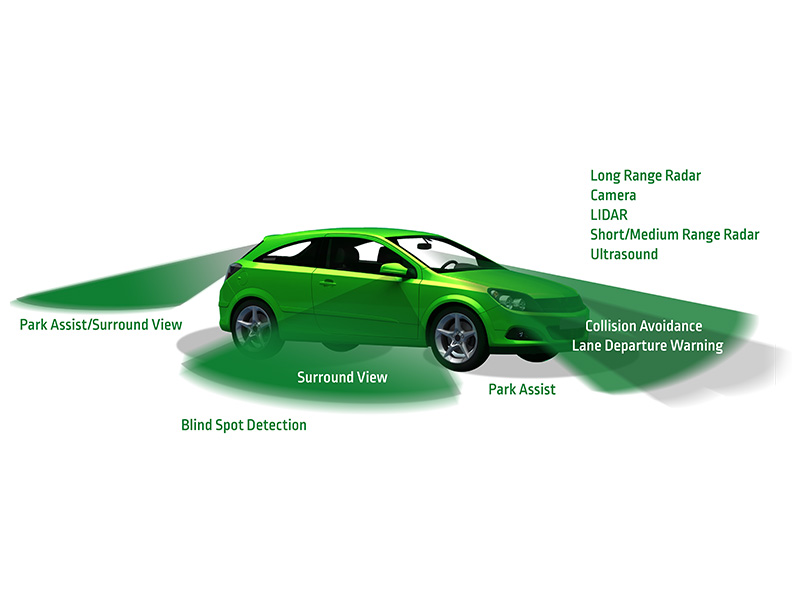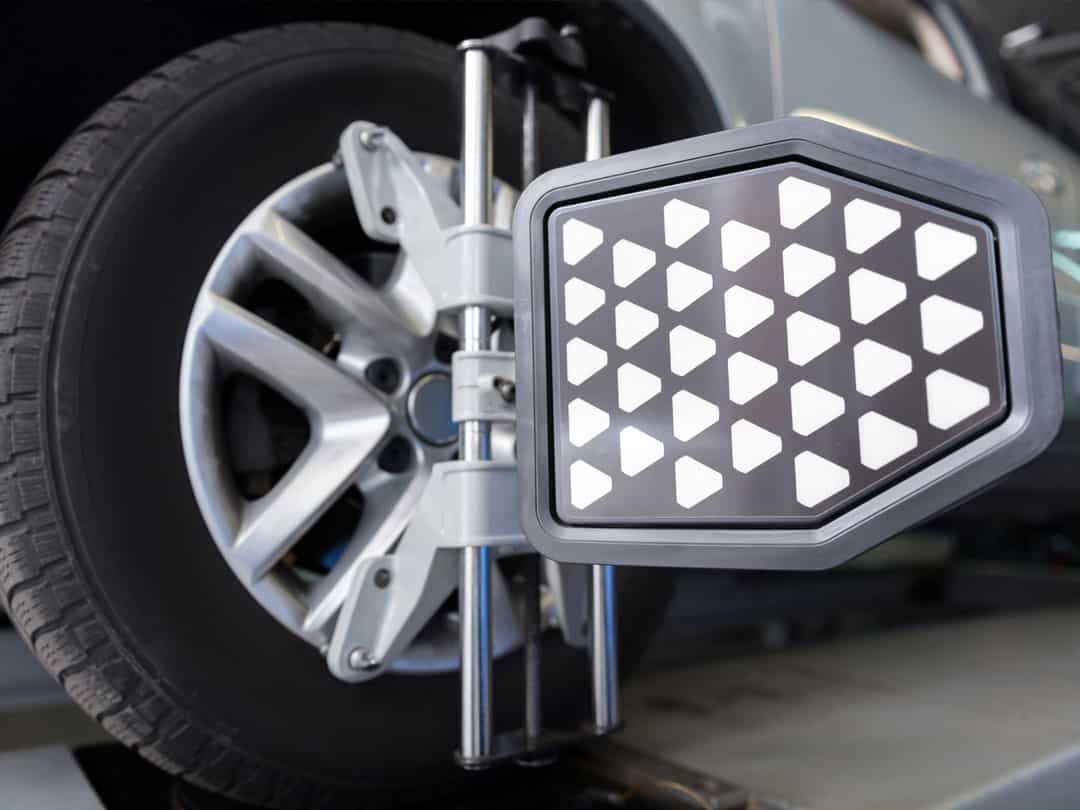The use of technology to help improve driver’s performance at the wheel can significantly reduce the numbers and severity of collisions.
What is ADAS?
ADAS stands for advanced driver assistance systems. ADAS systems are a electronic set of safety systems and aids designed to help reduce collisions by improving how well and how quickly a driver can react to hazards. In turn this can minimise injuries.
ADAS systems utilise a mix of cameras, radar and ultrasound to survey the car’s surroundings in order to prevent car accidents, functions that assists drivers but does not replace them.
What do ADAS systems involve?
ADAS systems come in multiple forms from simple parking assists to the complex systems used in self-driving cars. We’ll have a look at a few of the common ADAS technologies and safety features that you might find in your car.
Parking assist
Parking assist features use ultrasound or short range radar parking sensors to tell the driver how close they are to another vehicle or to infrastructure when parking. Some vehicles will also have rear view cameras to further assist with reverse parking and tight manoeuvres.
Adaptive cruise control
An adaptive cruise control system is a step further than regular cruise control which keeps your car at a constant speed. Adaptive cruise control will adjust the speed and apply the brakes if needs be if the ADAS suggests a hazard ahead is imminent, something that is particularly useful on motorways and other long drives.
Emergency braking systems
Your car may apply the brakes automatically in an emergency if the sensors detect the car hitting another vehicle or other objects on the road. Some automatic emergency braking systems have even been designed to recognise pedestrians!
Some emergency braking systems can take preventive safety measures, such as tightening seat belts, reducing speed, and adaptive steering to avoid a collision.
Lane departure warning systems
The cameras on the car will assess the vehicle’s position on the road and alert the driver if they are beginning to leave the lane they are in without having any signals switched on and may switch on lane keeping assist in some cars.
This may be part of the driver drowsiness detection system if present, all tools to help prevent accidents caused by falling asleep or having a medical episode at the wheel.
Forward collision warning
This system will alert drivers of any stationary vehicle or object ahead if a collision is imminent. This system may trigger emergency braking systems (if your car has them) to help avoid an accident or minimise any injuries should you not respond in time.
Cross wind stabilisation
This is a form of electronic stability control that applies brakes to any wheels affected by strong crosswinds.
Adaptive light control
Light detection systems determine the strength and direction of the vehicle lights based upon the light conditions outside.
This is just a handful of the functions that some ADAS can assist drivers with, your car may also have features such as surround view cameras, anti lock brakes, blind spot monitoring, high beam safety systems, traffic sign recognition, speed limit recognition and traction control, among others.
What is ADAS calibration?
It is important that all of the systems involved in ADAS are properly calibrated. A malfunction in ADAS systems can mean that any safety systems do not work.
Calibration requires careful alignment of all of these sensors and cameras to ensure they are functioning correctly. There are two main types of ADAS calibration:
-
Dynamic calibration process
The ADAS trained vehicle technician will take your car out for a drive to assess ADAS features and adjust any as necessary.
-
Static calibration Process
Trained ADAS technicians will use specialist tools to recalibrate the systems whilst your car is stationary i.e. workshop environment.
Why might my ADAS need recalibrating?
In ADAS equipped vehicles, many of the ADAS sensors that form part of driver assistance systems are located just behind the windscreen, therefore any slight knock or damage to your car may cause the ADAS system to malfunction.
Manufacturers deem it essential for ADAS systems to be recalibrated under the following circumstances:
- After any collision
- If your windscreen has been replaced
- If you have had tyres / wheels changed
- If you have changed the ride height of your vehicle i.e. suspension repairs
- Carrying out wheel alignment
- If any of the ADAS lights are on or flashing
ADAS calibration at Peverell Garage
We have ADAS trained technicians and specialist equipment here at Peverell Garage in Plymouth, able to recalibrate your vehicle’s ADAS functions in order to ensure optimum performance and safety of your vehicle.
Contact us if your vehicle is in need of ADAS recalibration in Plymouth and the surrounding areas.




